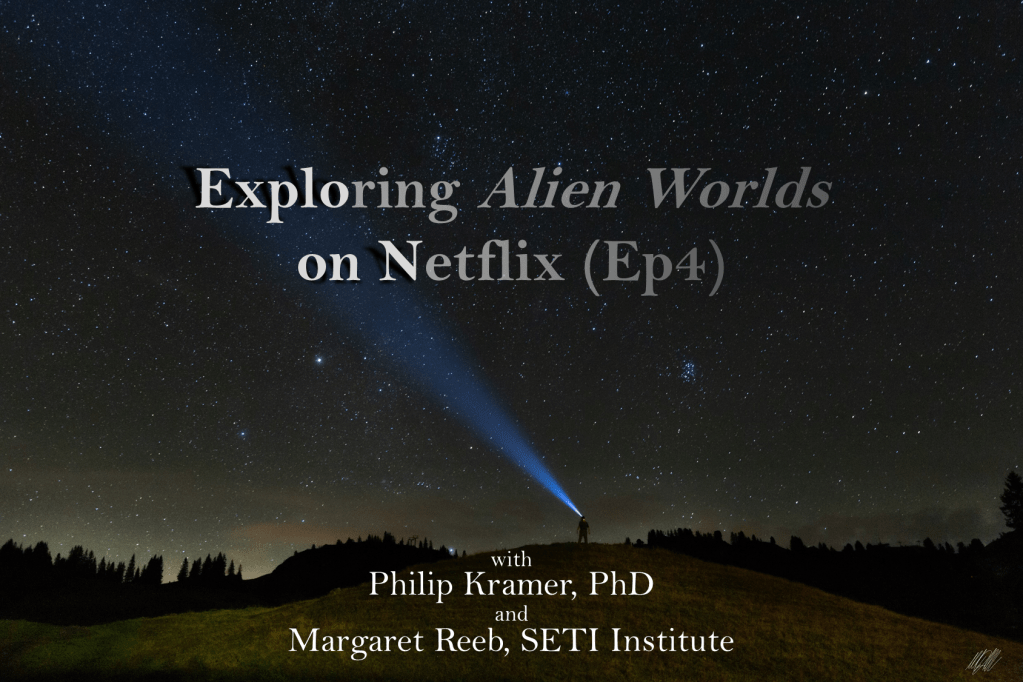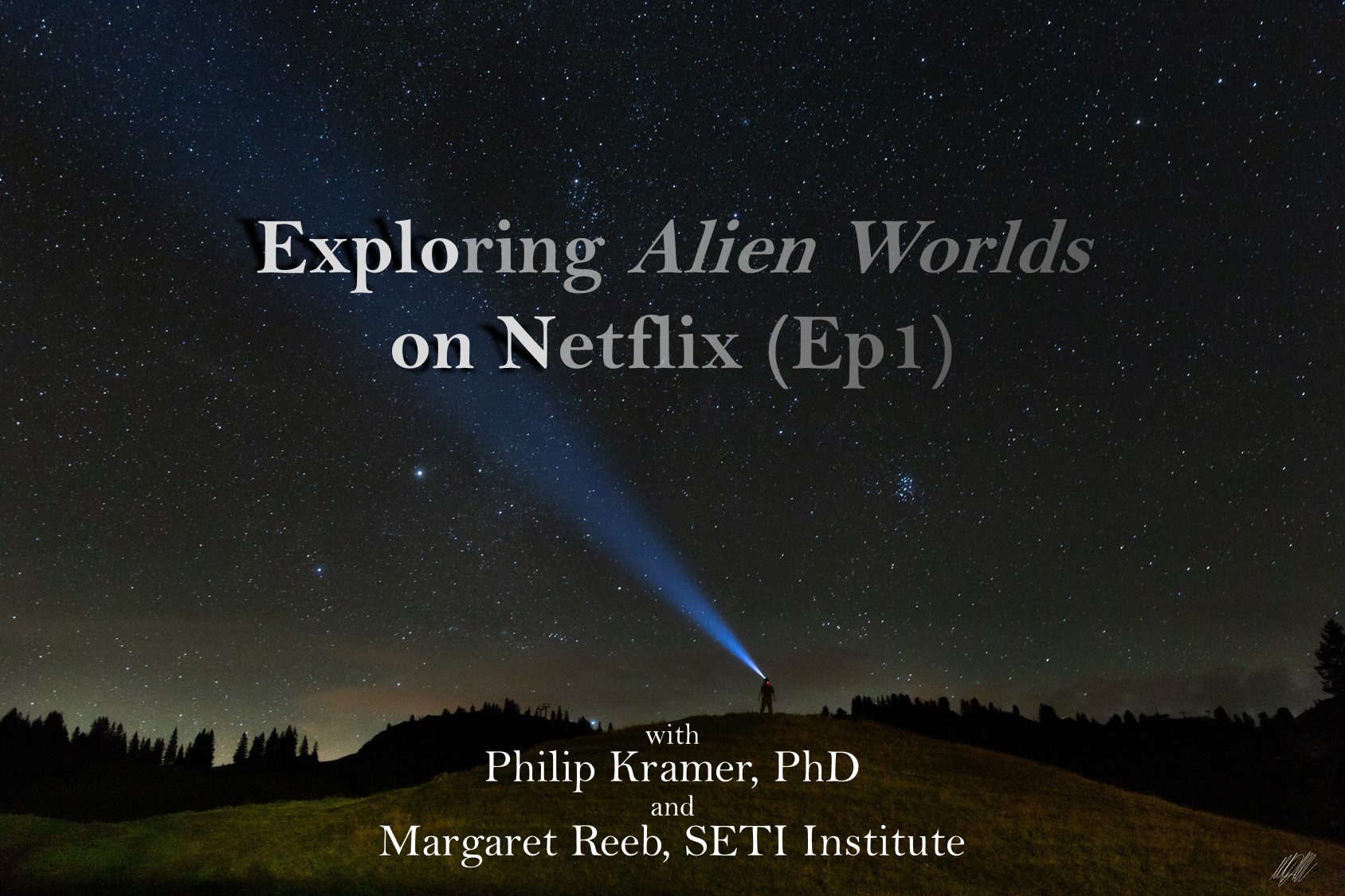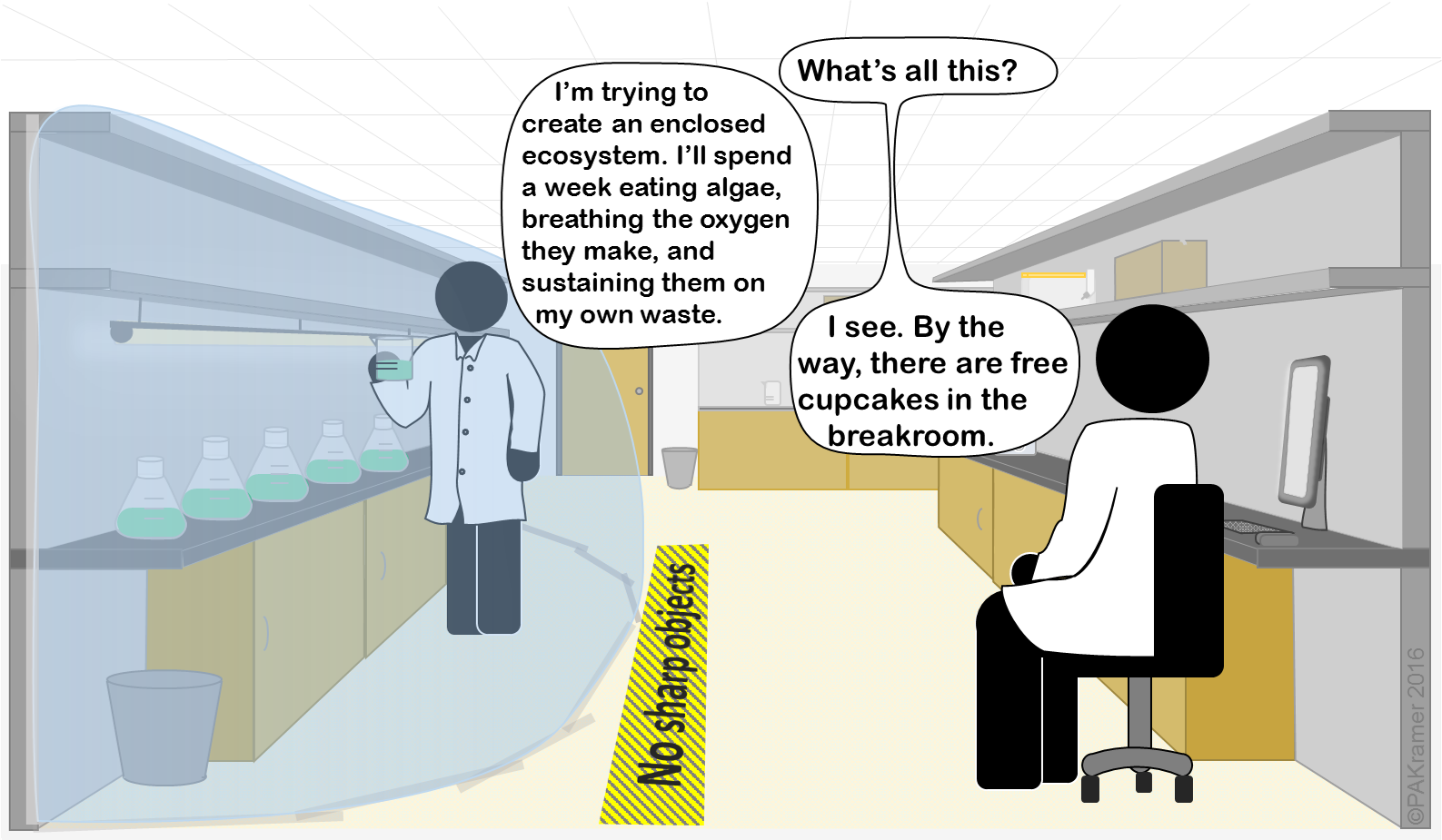I haven’t shared any writing updates the past couple years, so consider this proof that I haven’t been completely idle. I spent the last couple years completing the edits of my book UPENDED, and I am in the process of trying to get it published. I’ve since written 1/3 of the second book in the series, though I’m still debating where and how I want it to end.
In more recent news, my novelette “Operation Meltwater” is being published on June 7th, 2022, by Baen Books in the anthology ROBOSOLDIERS: THANK YOU FOR YOUR SERVOS. Stephen Lawson, the editor, reached out to me back in the Spring of 2020 and asked me to be a contributor alongside well-known, bestselling, and award-winning authors like David Drake, Richard Fox, Weston Ochse, and Martin L. Shoemaker. The pace of traditional publication being what it is, the final draft of the story was due in the Spring of 2021 with publication slated for 2022. I spent 11 of those 12 months tossing ideas around in my head and the last month actually writing the thing.
The story itself was a challenge. I was asked to provide a hard sci-fi story set in the near future on Earth or in orbit. That was the easy part. The story also had to be a military sci-fi focused on robotics and other technologies that would be used in the future of warfare. Having never served in the military, unlike most of the other contributors, I knew I had a lot of research to do. Still, I reveled in the challenge of firming up a stereotypically soft science fiction genre. At some point in the history of military sci-fi, most of its authors must have collectively decided to ignore pesky things like physics and biology. See my post on the Science of Space Warfare. “If we all ignore it,” they said to one another telepathically, “we can continue to misrepresent reality to the detriment of our readers and for the totally misguided notion that lack of scientific accuracy improves the plot and narrative.” I have it on good authority that these were the exact telepathic words used. So the fact that Baen wanted hard military sci-fi gave me hope for the subgenre.
At first, I toyed with the idea of setting my story in orbit, in a revolving space station that allowed troops to drop down levels incrementally to experience greater and greater gravity, increasing their muscle mass and endurance for the duration of their training. Another idea involved small, crewed satellites/shuttles designed to drop into combat locations in a matter of minutes. But I didn’t end up going with these stories. There was too little in the way of robotics, and at least two other authors were quicker to claim Earth orbit for their story setting. It was back to the drawing board. After months of wondering what I was going to write, I remembered that I had an entire folder on my laptop full of story ideas. Perusing the file, I saw one idea that was little more than a couple sentences long, involving a square shaped probe capable of melting through Antarctic ice. Past Philip had speculated how such a thing might be able to carve out entire under-ice facilities in a completely automated fashion. Past Philip had also suggested fast nuclear reactors for the energy and heat source. I had to look this up because apparently past Philip is smarter than I am. That lead me down a rabbit hole of researching the first military experiments with fast reactors, especially in cold and isolated environments. This gave me a start, though I still had no military experience to draw from, and there is only so much research I could do to make my main character sound genuine. And then there was the matter of representation. Most of the other contributors had a military background. Pretending to be in-the-know when I was an obvious outsider would have been problematic for multiple reasons. Ultimately, I decided I would not make my main character a member of the military. I would do what I knew best and write from the POV of a scientist. When it comes to technology and warfare, scientists also have their role, and too often that role is overlooked or the scientists’ true intentions for the technology ignored. So that was what this story was going to be about: A scientist out on the East Antarctic ice sheet, testing his prototype NASA probe for its upcoming launch to the Saturn moon of Enceladus, only to find the military had another, more nefarious plan for it.
As with any hard science fiction story, the science needed to be sound or at least plausible. This required many hours of research into the mechanics of modular fast reactors, their coolant systems, neutron moderators, and what would happen if one or more of these systems was compromised deliberately or otherwise. Because I was asked to add elements from my area of expertise, I decided I would throw some biological enhancements into the mix, including transdermal muscle stimulators for building muscle and improving performance. I say “throw in,” but one should never throw in something just because it sounds cool. These tie into the plot and are critical for its resolution. Political science, despite my better judgment, is still a science, so I also needed to make sure it made sense too. Afterall, countries need motivation as much as the soldiers who serve them. This involved many more hours of research into the Russia/US geopolitical landscape, the Antarctic treaty, and obscure articles on what Russia might attempt once it expires in 2048. The whole exercise was a great example of how a story idea evolves, and the importance of answering the most important questions of science, politics, plot, and setting well before any actual writing is done. Had I not done this, I would have had to rewrite much of the story as I stumbled across new information, or worse, I may have been tempted to use unrealistic science to get myself out of a plot hole.
My story is the last in the anthology. And while I don’t have a recognizable name like many of the other authors to be reviewed by the likes of Chicago Sun-Time, SF Signal, and Booklist on the back cover, the editor did go out of his way to say some nice things about my story in the Editor’s Introduction and later on Facebook.
“…hard Science laced with his unique humor in an engrossing adventure tale.” “…full of Philip’s characteristic plot twists, wit, and genuine love of science.” “Combines hard science at the PhD level, humor, and adventure seamlessly into fun stories that leave me feeling like I’ve learned a few things along the way.” “He’s clever the way Michael Crichton was clever, and I know you’ll enjoy his writing.”
~Stephen Lawson
If you’re interested in seeing if any of that is remotely true, I encourage you to give the book a read. You can find it by clicking the link below.
Until next time, write well and science hard.




















